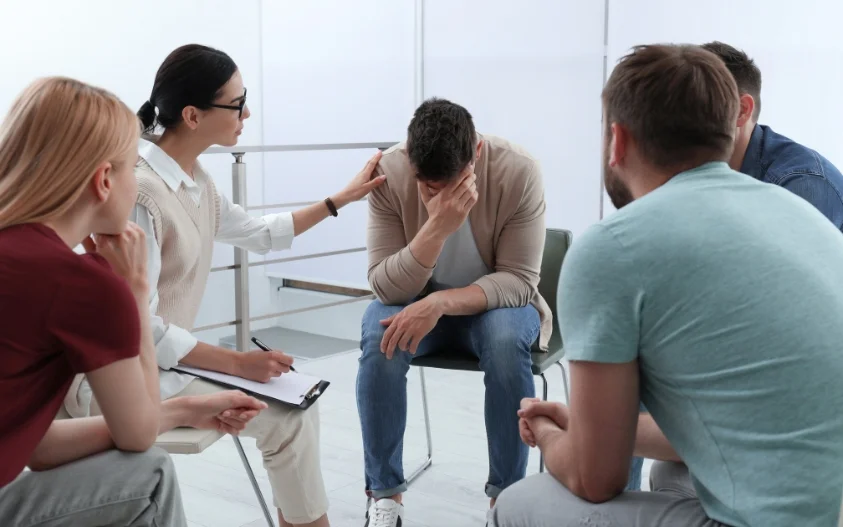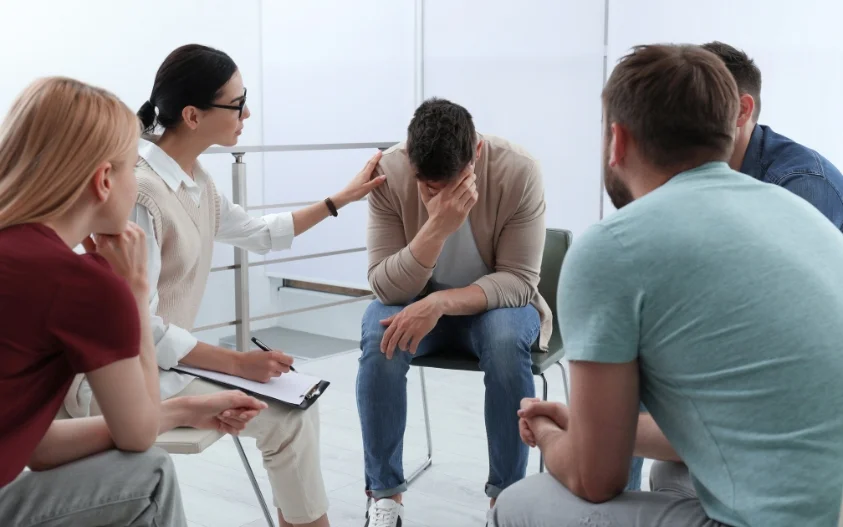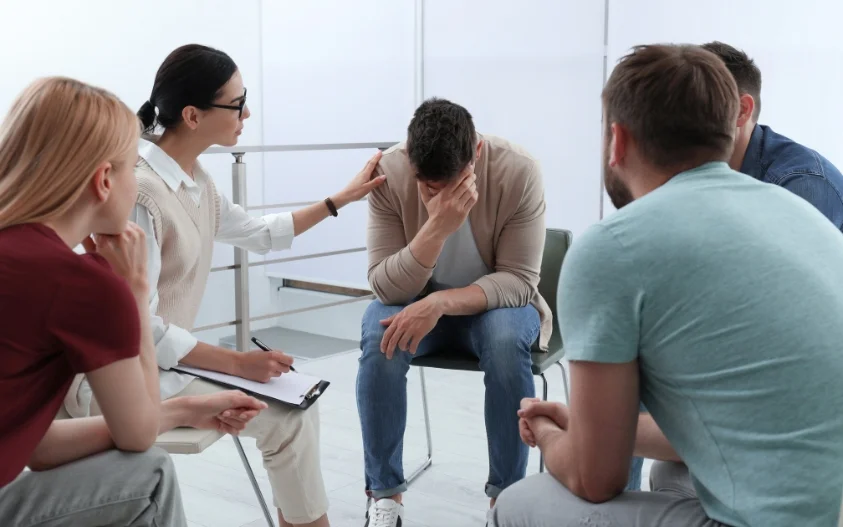24/7 Helpline:
(866) 899-221924/7 Helpline:
(866) 899-2219
Learn more about PTSD Treatment centers in Brush

Other Insurance Options

Horizon Healthcare Service

BlueShield

Molina Healthcare

Private insurance

UMR

Holman Group

Choice Care Network

Health Partners

UnitedHealth Group

Medical Mutual of Ohio

Ambetter

Oxford

Optum

Lucent

Ceridian

CareFirst

Kaiser Permanente

BlueCross

Highmark

MHNNet Behavioral Health


Centennial Mental Health Center – Railroad Avenue
Centennial Mental Health Center – Railroad Avenue is a private rehab located in Fort Morgan, Colorad...

Gulf Coast Mental Health Center
Gulf Coast Mental Health Center is community mental health center providing a wide range of mental h...

Centennial Mental Health Center – West Platte Avenue
Centennial Mental Health Center – West Platte Avenue is a private rehab located in Fort Morgan, Colo...

Avery Counseling
Avery Counseling is a private rehab located in Fort Morgan, Colorado. Avery Counseling specializes i...

AA – Alcoholics Anonymous
AA – Alcoholics Anonymous is a non-profit rehab located in Fort Morgan, Colorado. AA – Alcoholics An...

ABC Counseling Center
ABC Counseling Center is an addiction recovery and behavioral healthcare center located in Fort Morg...

1st Alliance Treatment Services
1st Alliance Treatment Services is located in Fort Morgan, Colorado. 1st Alliance Treatment Services...

West Centers
West Centers is a private rehab located in Snyder, Texas. West Centers specializes in the treatment ...























































